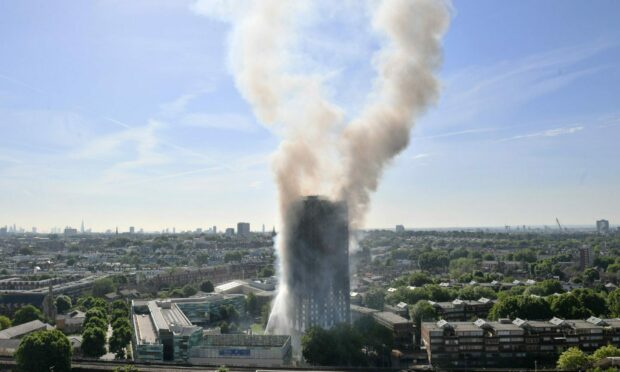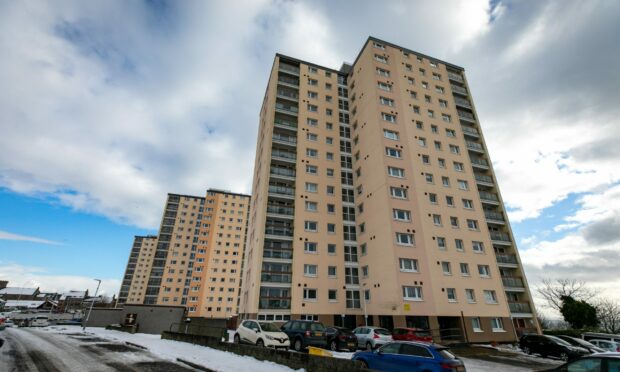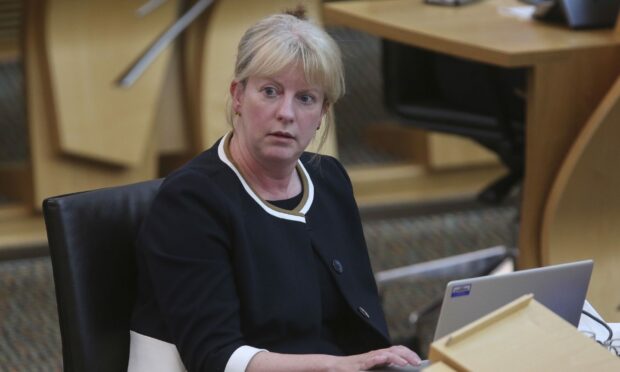The bill for work to prevent a repeat of the tragic Grenfell Tower fire is poised to reach £1 billion in Scotland, it has emerged.
The new estimate for identifying and removing dangerous cladding on buildings was confirmed by the Scottish Government amid claims progress was “disgracefully slow”.
The costs were revealed by The Sunday Post as the country prepares to mark the fifth anniversary on Tuesday of the Grenfell Tower blaze in west London, which killed 72 people.
Scotland has received £97 million from the UK Government to deal with the cladding issue, with a further £300m expected.
But Holyrood ministers now believe the total cost will be more than double the amount allocated.
The government told The Sunday Post that initial assessment work was progressing alongside negotiations with developers,
But it confirmed: “The total cost of assessment and remediation is estimated at circa £1bn”.
About £240,000 has already been spent assessing the risks and work necessary at a number of high-rise blocks.
But it was reported that no survey reports have so far been completed, with 123 applications for free assessments already lodged.
Which buildings are affected?
It previously emerged that more than 400 buildings, including high-rises and schools, have potentially deadly material on them.
Nearly 300 other Scots buildings, including 244 schools, nine independent schools, five hospitals, one prison, five hotels, and seven care homes were also found to contain high-pressure laminate (HPL) panels, which safety experts have raised serious concerns about.
It is feared the number of care homes with HPL could be even higher.
Thousands of flats in Scotland are also believed to be wrapped in flammable materials.
John McKenzie, regional secretary of the Fire Brigades Union in Scotland, said the work to identify and resolve building safety issues has been “disgracefully slow”.
He added: “Holyrood and Westminster need to work together to sort this building safety crisis, including committing to funding remediation works immediately and recovering the funds from those responsible for the problems later,” he said.
“Until this happens, the public and firefighters will continue to be at risk.”
Housing Secretary Shona Robison said: “This week we will be remembering those who lost their lives in the tragic Grenfell fire in June 2017. We are taking priority action to prevent another such tragedy occurring.
“We have agreed with some of the country’s largest housing developers to work together to address cladding issues as part of our new Scottish Safer Buildings Accord, giving affected homeowners a clear path to ensuring their homes are safe. Formal principles for the accord are to be agreed shortly.
“We are committed to providing support and remediation where there is a risk to life due to unsafe cladding systems on external walls.
“The Single Building Assessment (SBA) programme is carrying out fully funded safety assessments to determine which properties have a fire safety risk.
“The SBA process will not leave buildings with dangerous cladding.”


